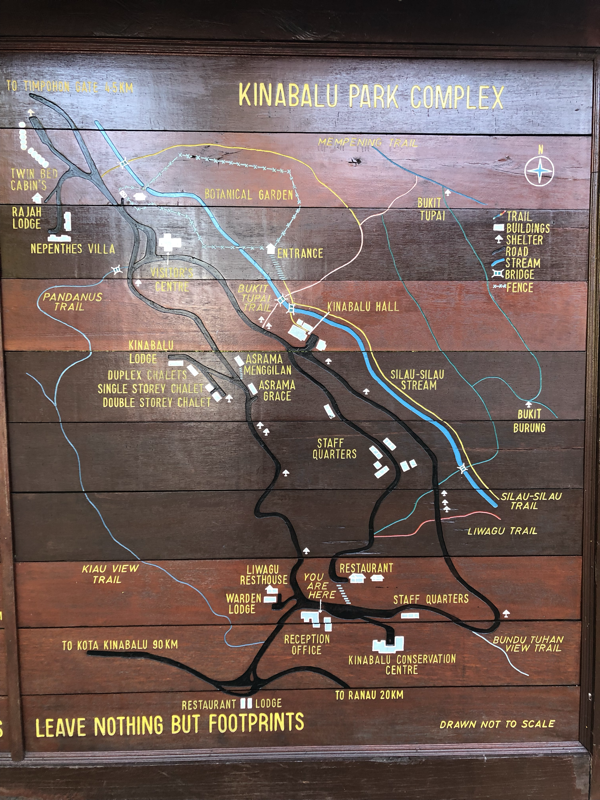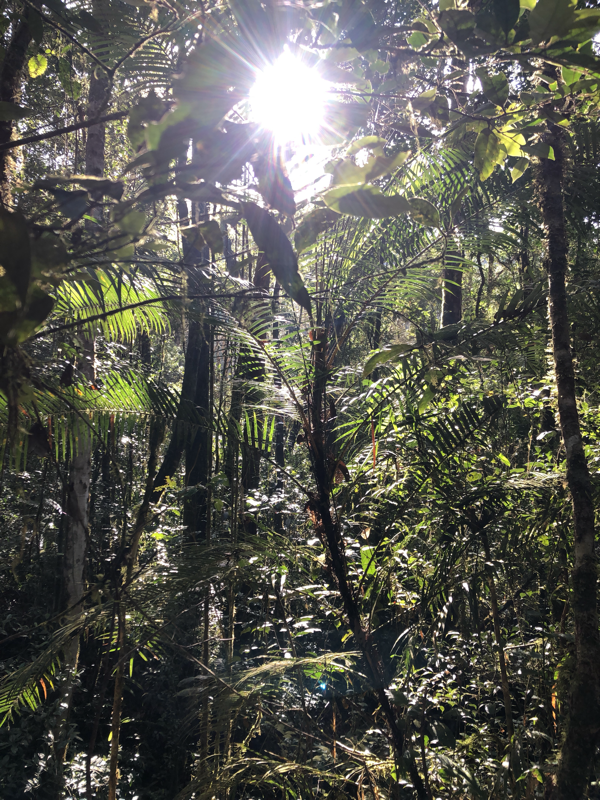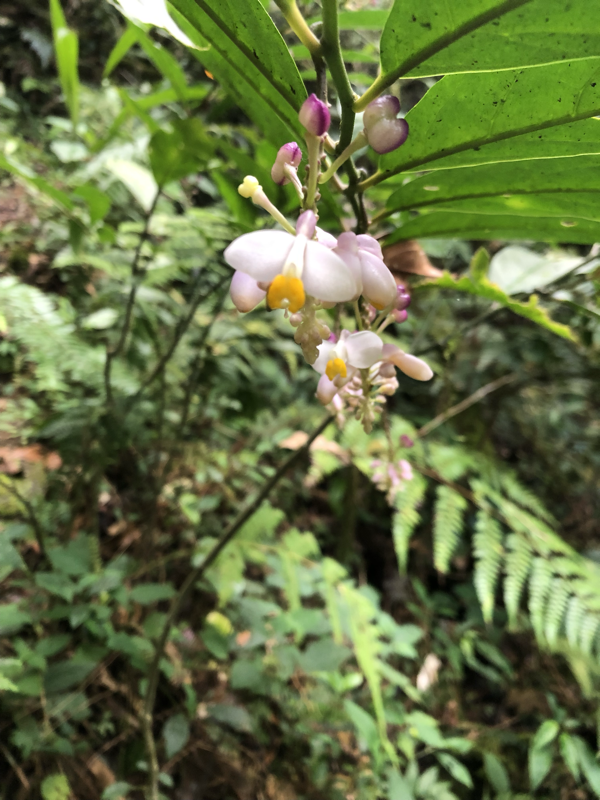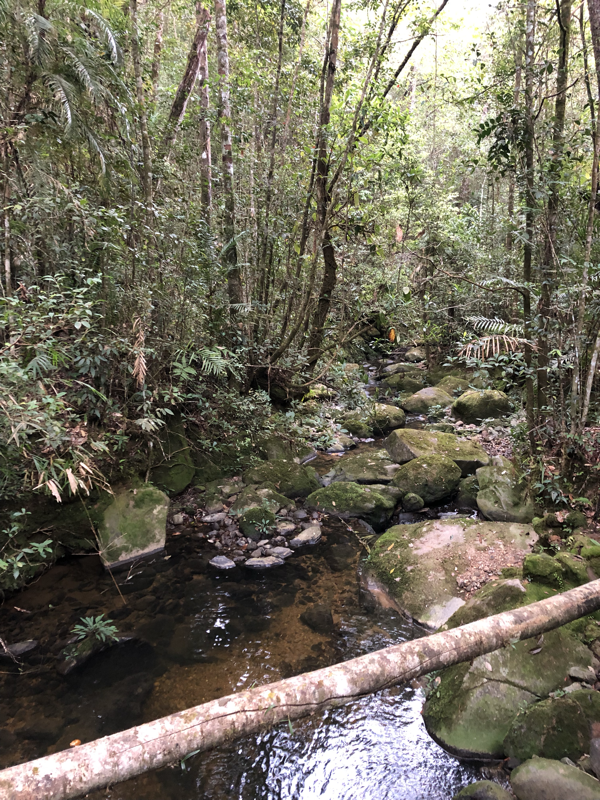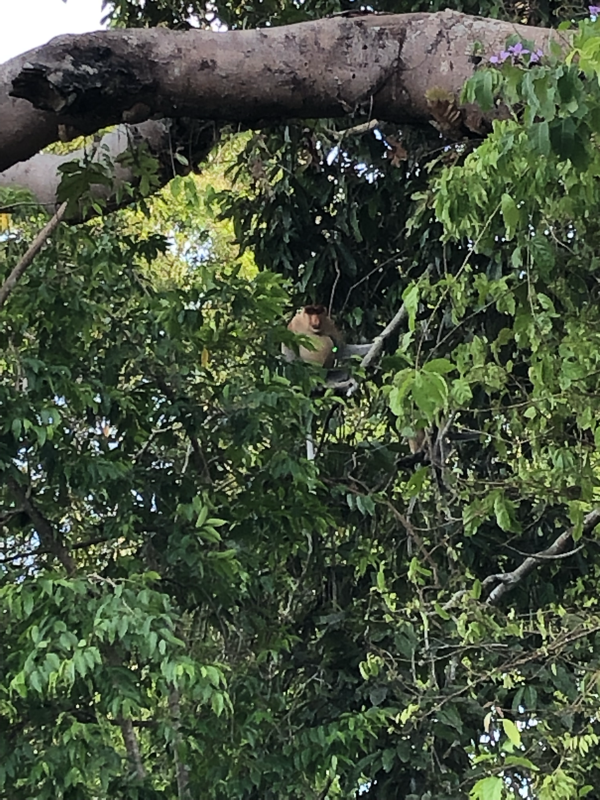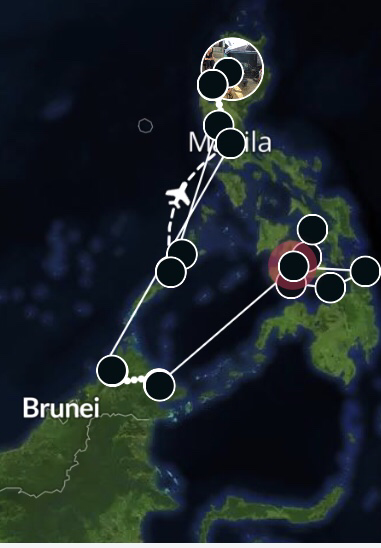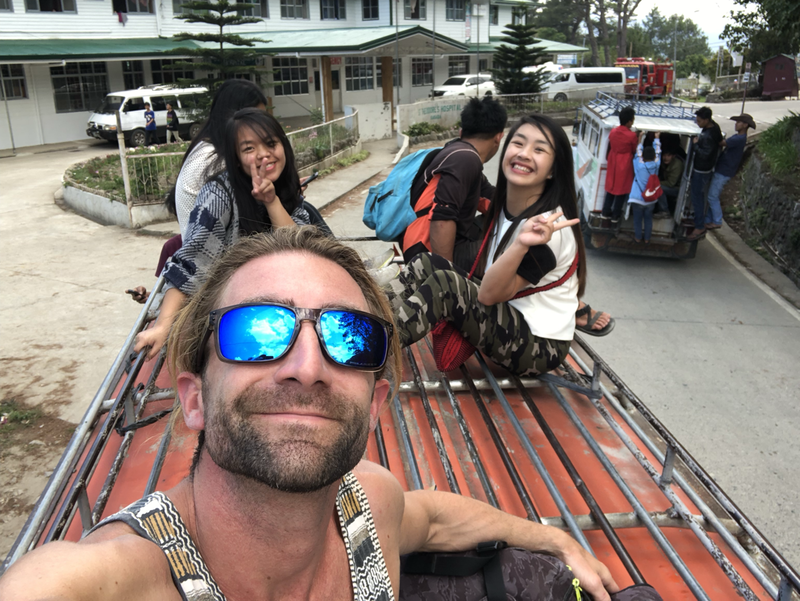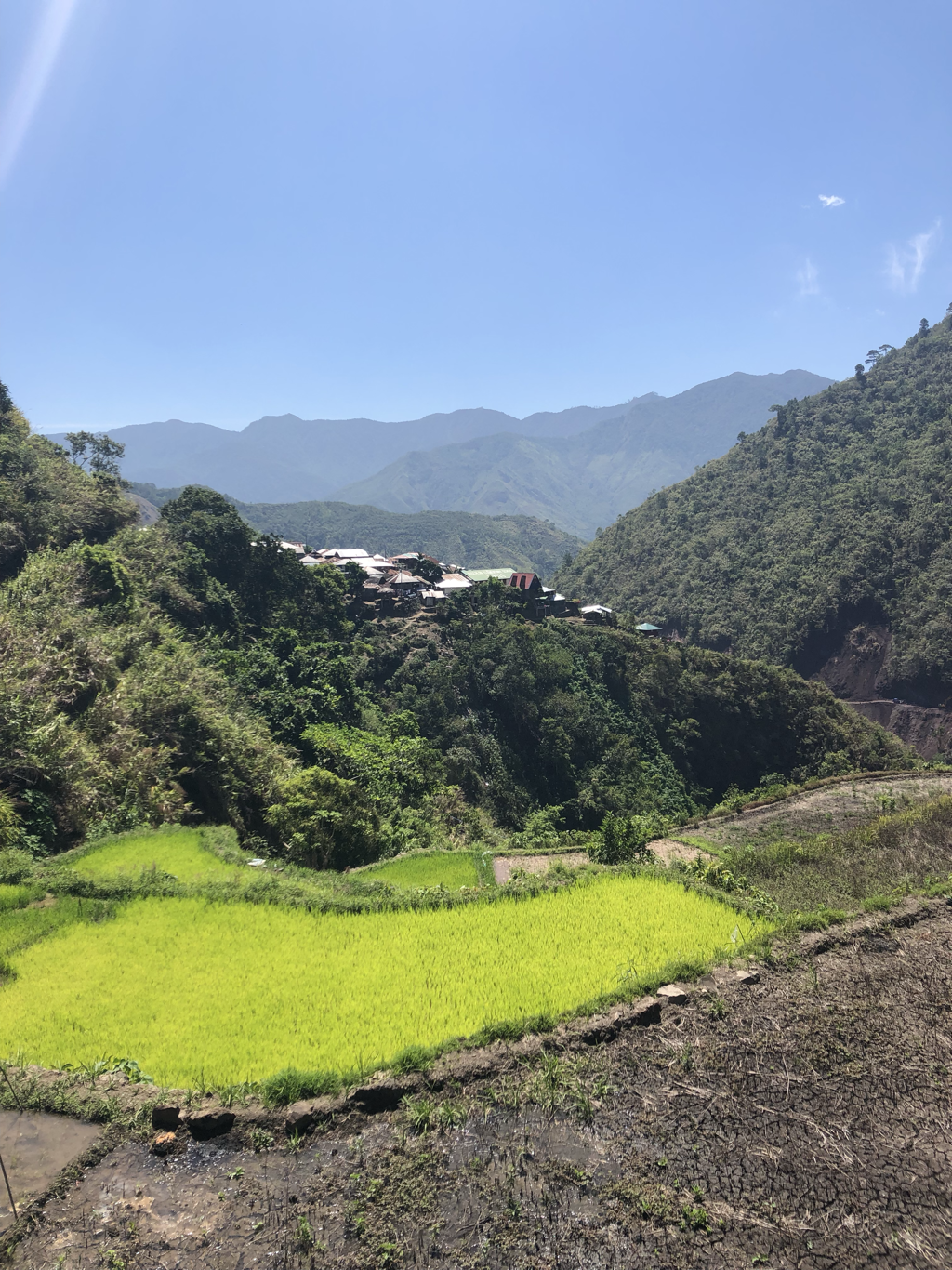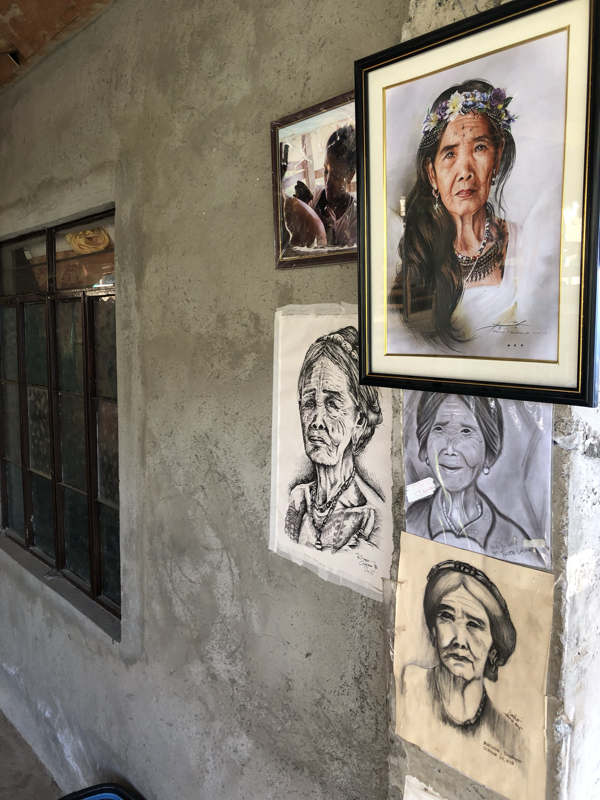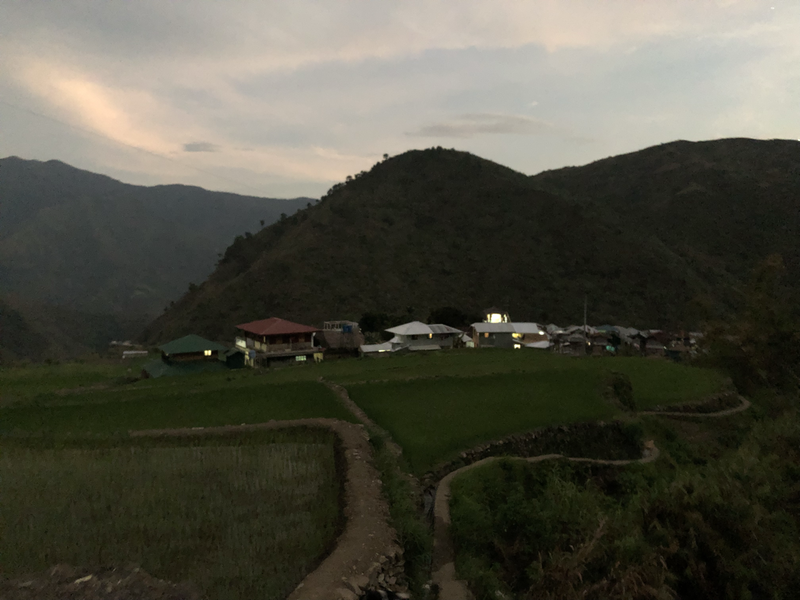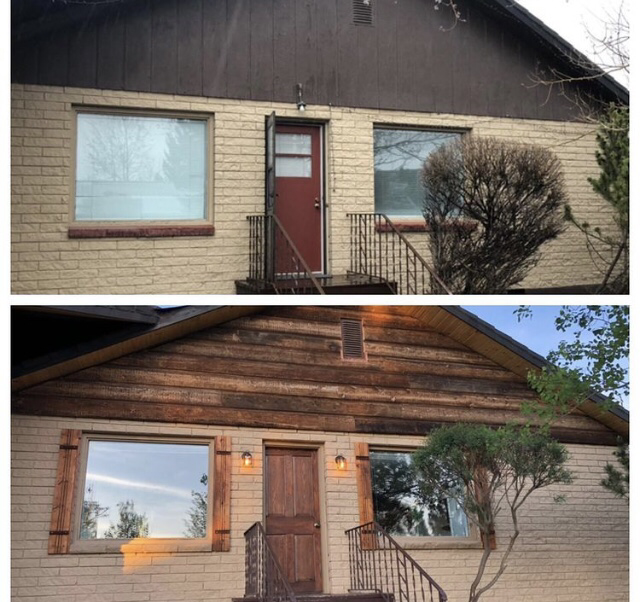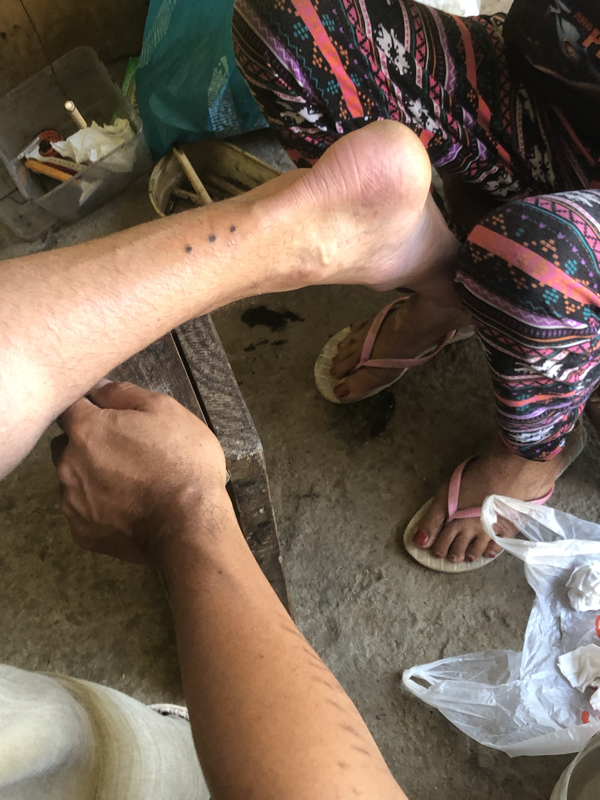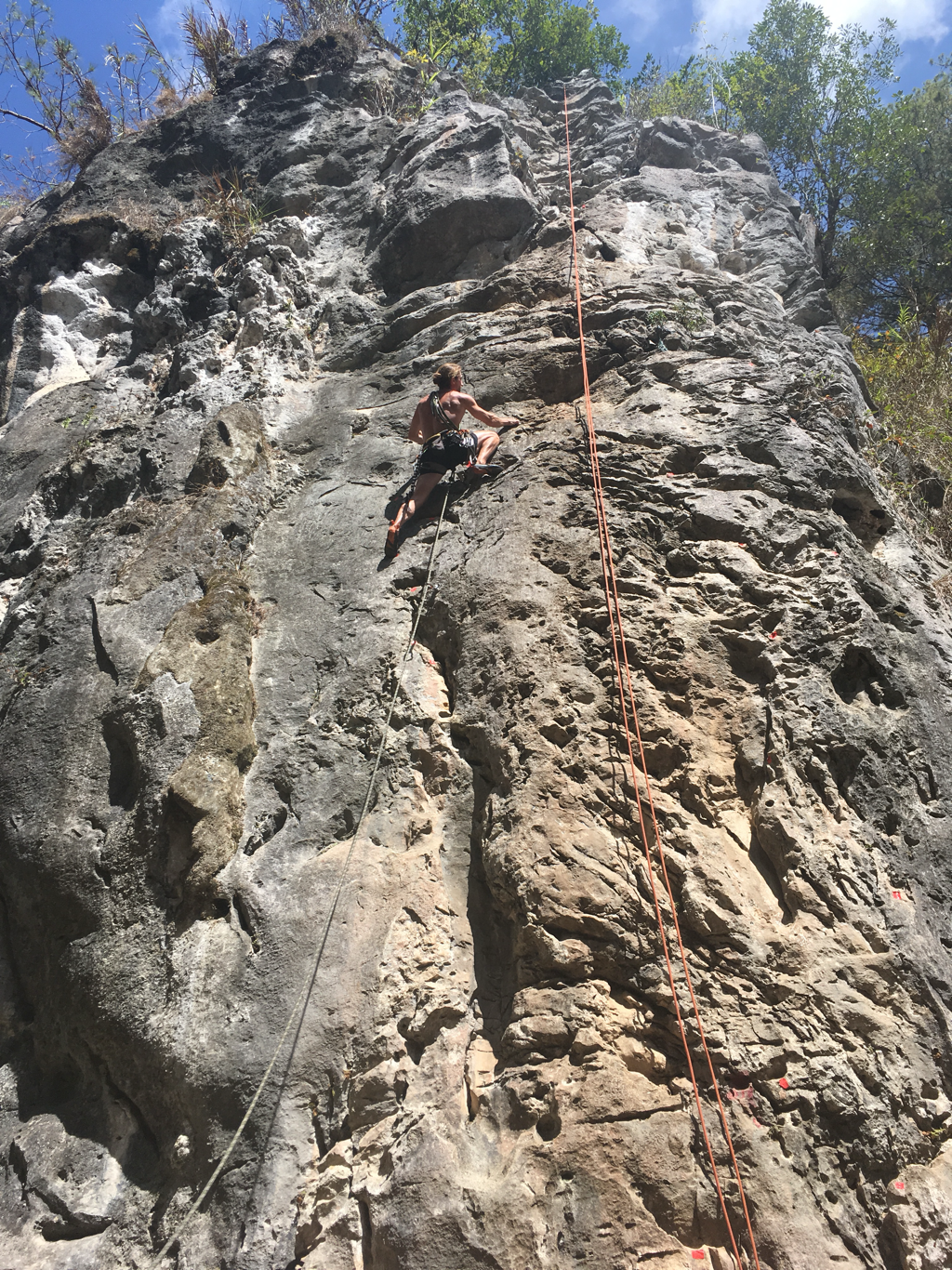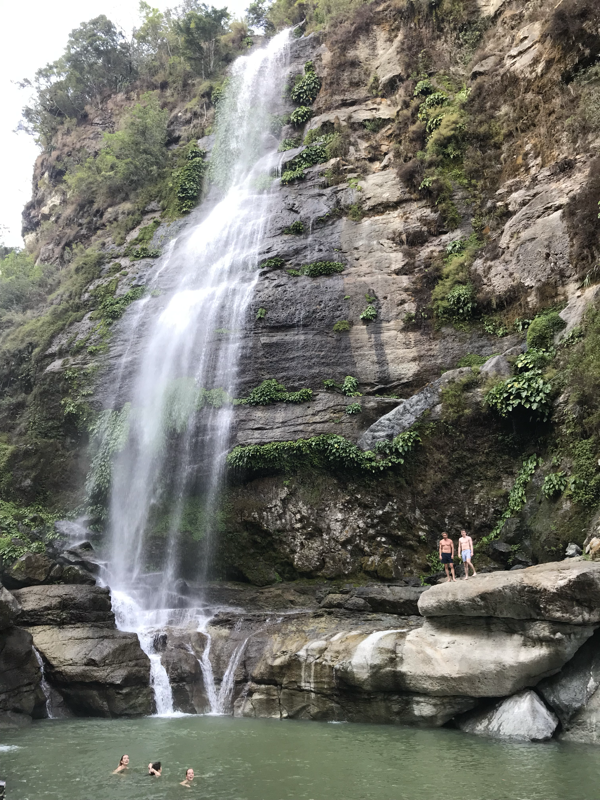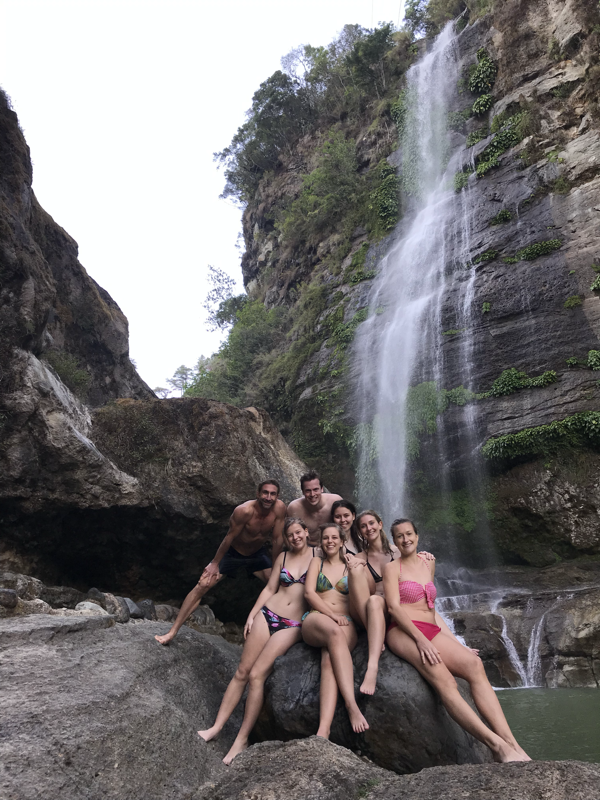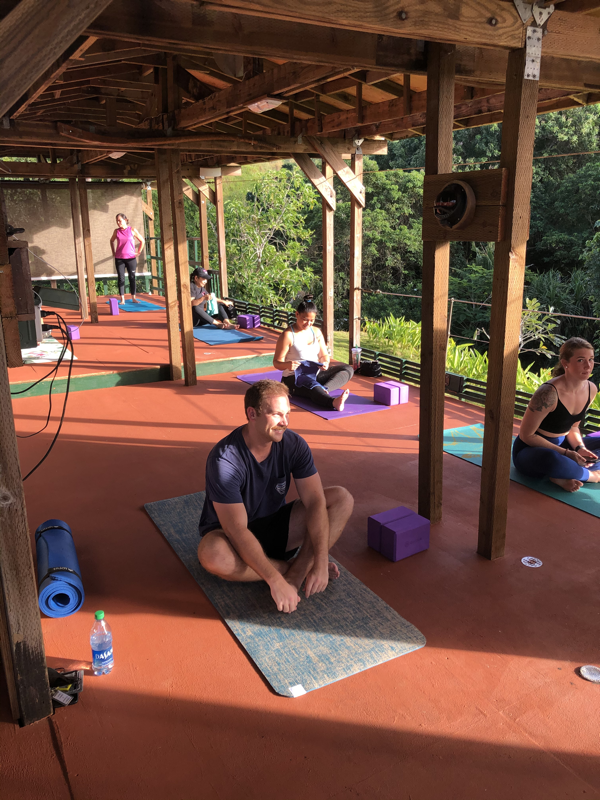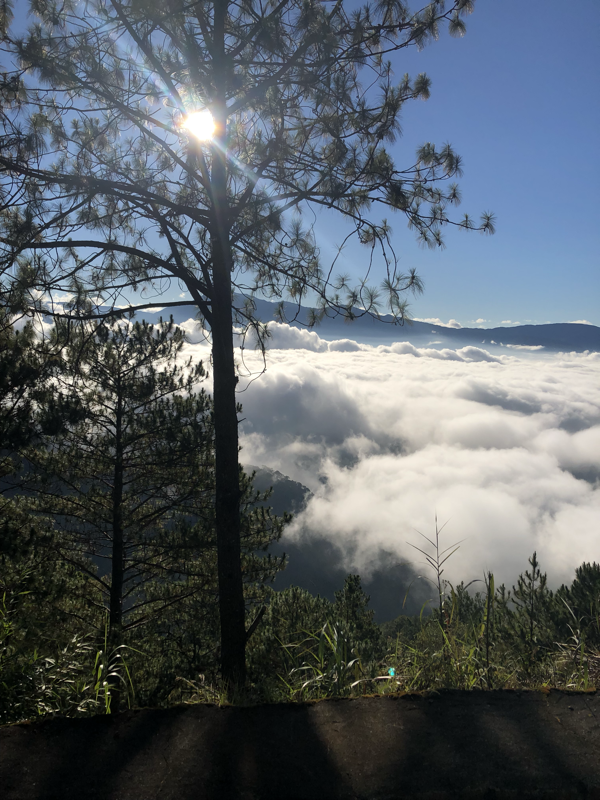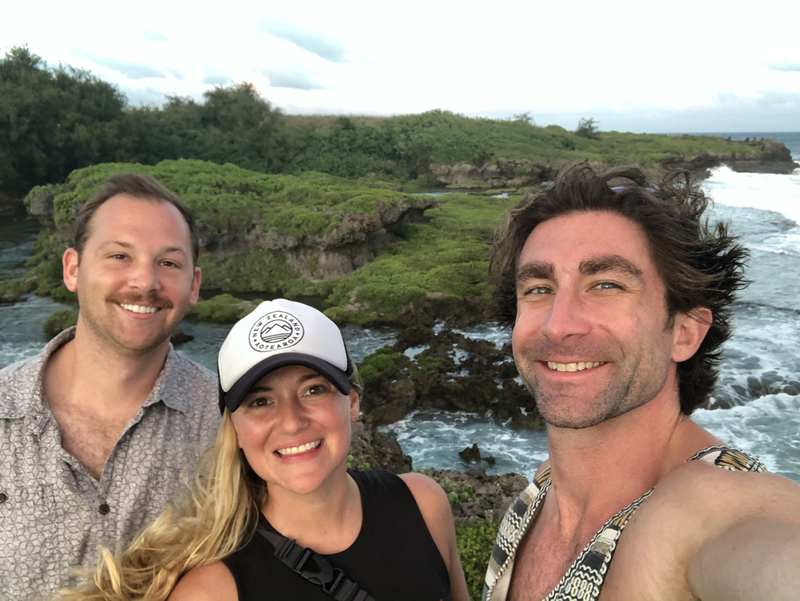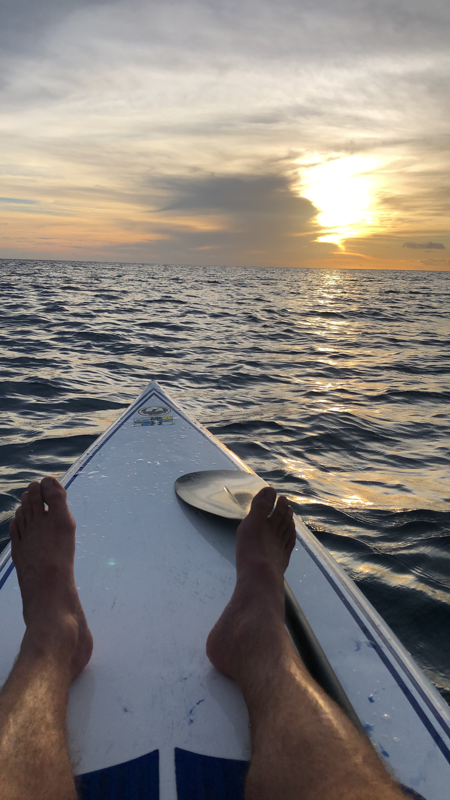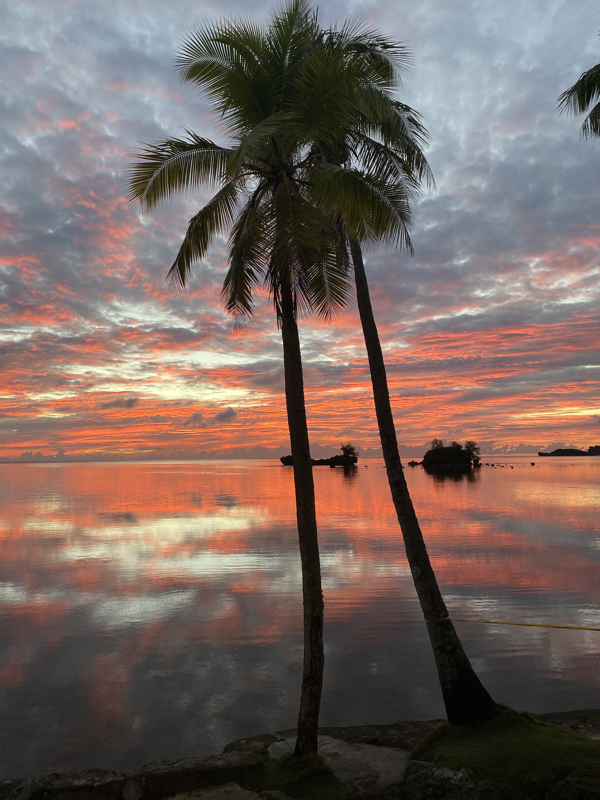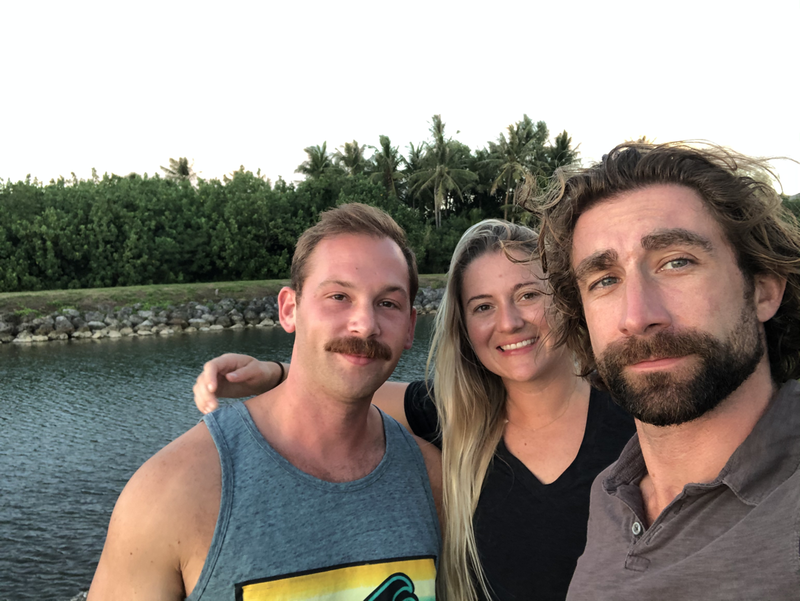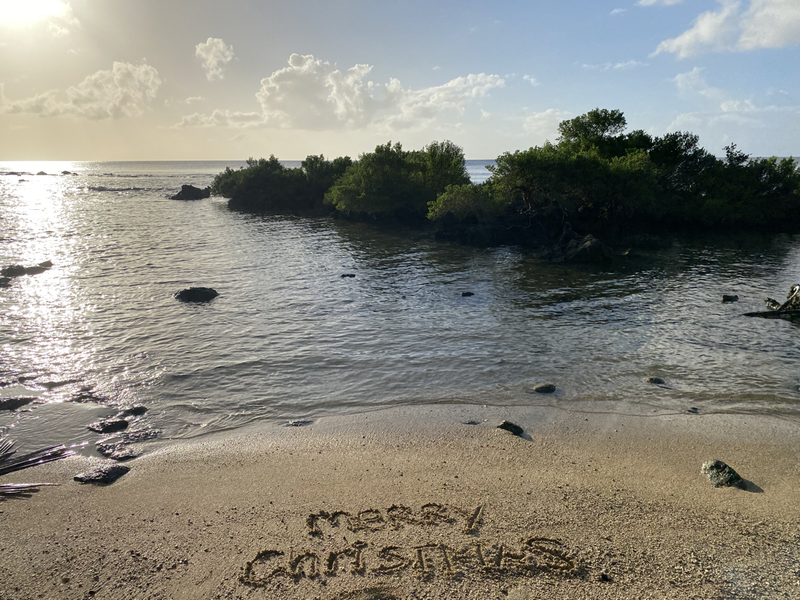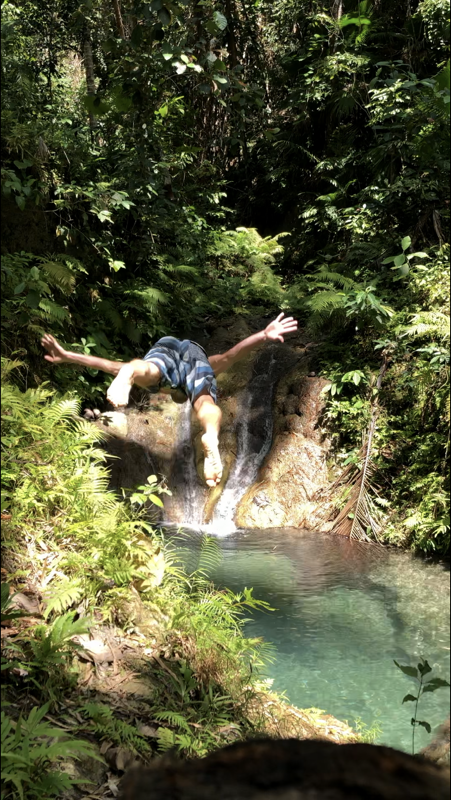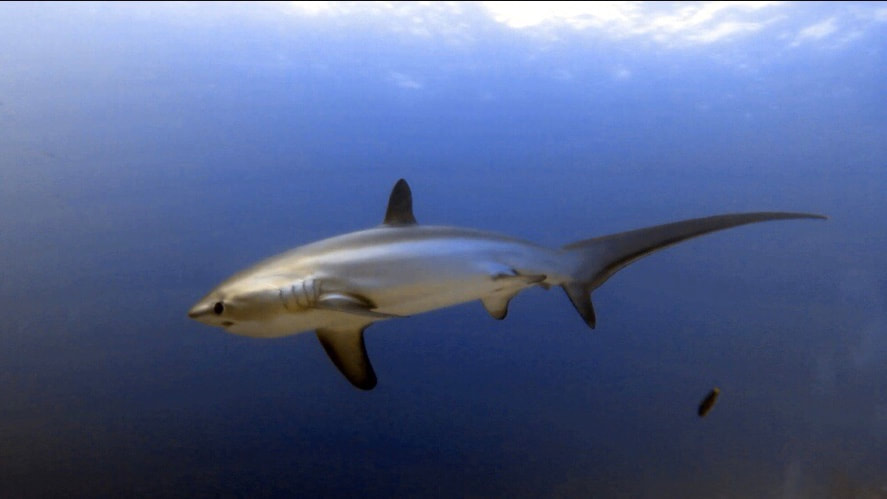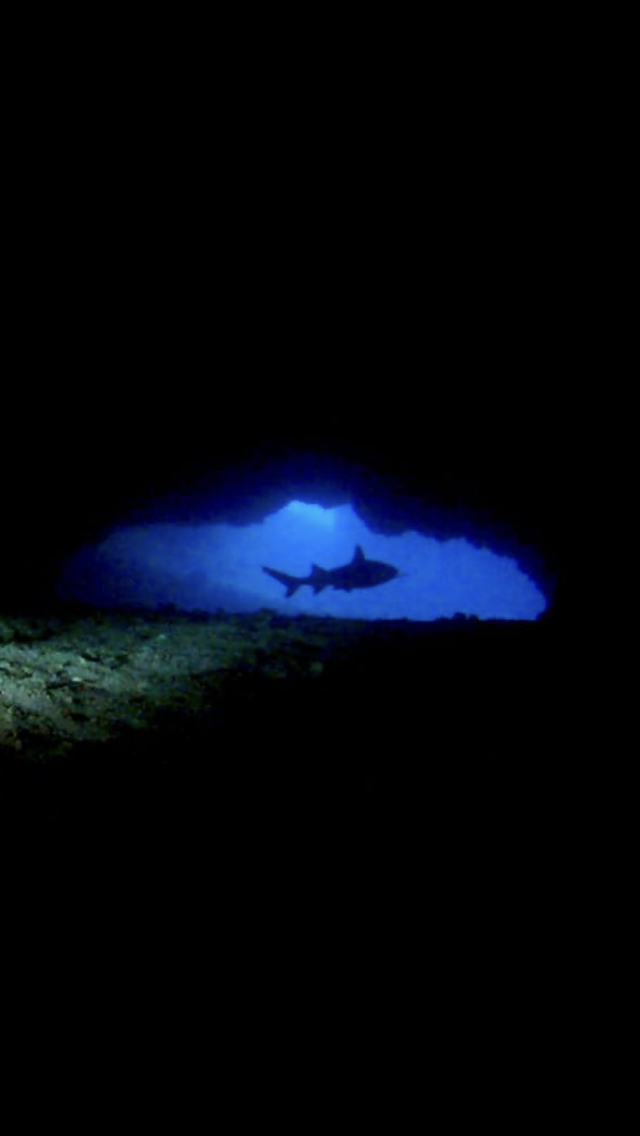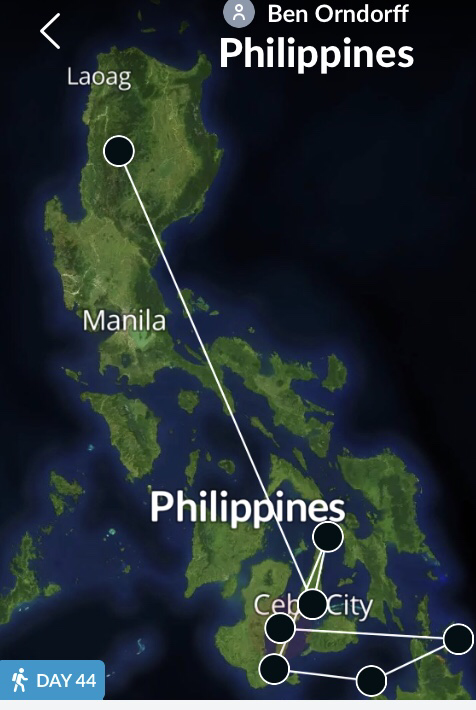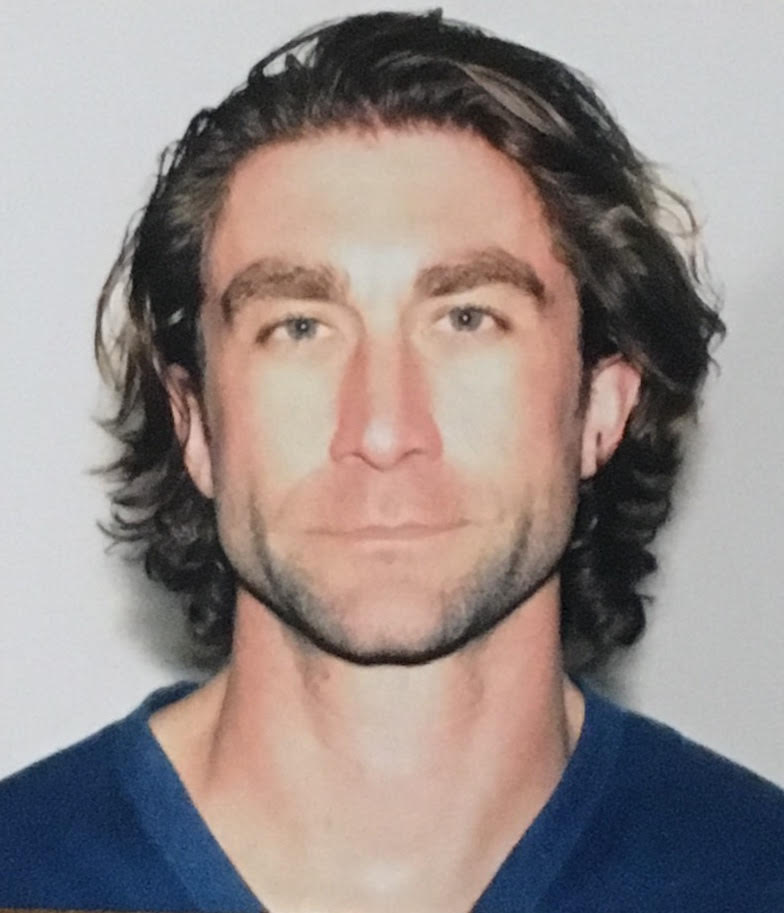First ResponderThe sickening, metallic crunch of an unanticipated collision punched my eardrums like a thunder clap. Instinctively, I whipped my head around and scanned the scene. There had been no telltale screeching of tires. Apparently, no one saw it coming. A white helmet came bouncing past me followed by the hilux pick-up that had just broadsided a motorcycle. The truck rolled past and slowed to a stop. Through the windshield I could see the driver’s face was blank, pale, shocked. I spun around and strode towards the body slumped on the ground. The man lay 20 feet from a mangled bike that had sent sparks flying across the asphalt before skidding to a stop. The lights were on and the engine was still running. Village market at the base of Mt. Kinabalu In situations like this, bystanders are often collectively shocked and fail to recognize themselves as first responders. “Surely someone more qualified, some authority figure, will appear and handle this,” the rational goes. “This isn’t my role.” As precious time slips away, the faces in the crowd look around helplessly at one another, desperately hoping someone will take control. On this cool evening, at this roundabout, next to this village market in Borneo, it was me. I was the closest person. I was even closer than the people in the car that just hit him. “Take action,” I told myself as my heart pounded and I struggled to think clearly. "The man lay 20 feet from a mangled bike that had sent sparks flying across the asphalt before skidding to a stop." As Mike Tyson put it, “Everyone has a plan until they get punched in the face.” Adrenaline clouds your thoughts. This is why simple acronyms are so useful in stressful situations. “MARCH,” I said to myself outloud. “Massive bleeding, ummmm... airway, respiration, circulation, hypothermia. Ok. Ok.” Kneeling down beside the man, I could see that he was in his 70s, unconscious, and had a small pool of blood around his face. His breathing was heavy and labored. A quick scan revealed he likely had a few broken ribs, possibly a punctured or collapsed lung, a broken ankle, and blunt force trauma to his head. “Ok, massive bleeding,” I said, still talking to myself outloud as people began forming a circle around me. No. The bleeding from his head had slowed to a trickle. “Airway.” He was already slumped on his side in the recovery position so I didn’t need to move him. I gingerly pulled apart his lips to find dentures lodged sideways in his mouth. I pulled them out and set them on the ground next to him. Respiration. Yes. Circulation. Yes. Hypothermia. Yeah, yeah, he’s good but we need to get him to a hospital quickly. My eyes shot up to the driver of the pick-up. “Call an ambulance,” I barked at him. “I didn’t see him,” the man whimpered. “I don’t care! Call an ambulance!” Standing up, I could tell he was too shocked to be of any use. “Fuck.” I hissed at no one in particular. I would have called one but I didn’t know the emergency number. Was it 911? 111? 000? 999? Shit. I made a mental note that this would be a good thing to put into my phone every time I went to a new country. My eyes scanned the people around us and locked on a young man who had his phone out. “Ambulance?” I asked urgently. He nodded. I crouched back down as two others joined me. Now there were cars parking along the side of the road and the crowd had grown. People were directing traffic around us. One of the men beside me had waved down a pick-up truck and motioned to move the man to it. In the USA or Western Europe, waiting the short response time for an ambulance to arrive would likely be worth it to avoid exacerbating injuries to the neck or spine, but here I had no idea when the ambulance might arrive, if at all. It made sense to risk it to get him moving. Time was the enemy. "Under the glow of the street light I could see that my right hand was bloody but so was his. I gave him a firm, grateful handshake." The man’s eyes fluttered opened and he tried to lift his head as the three of us lifted him. Almost in unison, three voices, in two different languages urged him to relax in reassuring tones. Rushing around to the other side of the vehicle, I climbed across the seat and helped pull the man into the vehicle. Once he was positioned, we closed the doors and the car sped off. One of the men that had been helping me smiled and stuck out his hand. “Thank you,” he said. Under the glow of the street light I could see that my right hand was bloody but so was his. I gave him a firm, grateful handshake. “Of course,” I said, smiling wearily. Another pick-up with several young men in the truck bed waved at me as they drove past. I waved back. They had hoisted the man’s motorcycle into the truck and appeared to be bringing it to the hospital for him. No ambulance or police car in sight but plenty of helpful bystanders willing to come together and help a stranger. Well done humanity. Well done. Port BartonIt had been a week since I headed back down through Northern Luzon from Sagada to catch my flight to the Philippine Island of Palawan. On the way, I stopped in San Juan for some longboarding on small but clean waves. Once I made it to Palawan, instead of heading to El Nido, where the tourists flock, I opted for the backpacker haven of Port Barton. White Beach, Port Barton Coco Rico is Port Barton’s undisputed party hostel. I was content to stay at a quieter hostel around the corner but booked an island hopping booze cruise with them which turned out to be an excellent decision. My liver probably disagrees. The day before the cruise, I joined a group from the hostel for a day trip to White Beach where we played volleyball, threw the frisbee and lounged in bamboo hammocks. When we got back, I decided to come by Coco Rico for a low key nightcap with my new friends. Afterall, I wanted to take it easy to be fresh for the booze cruise the next day. Fit for human consumption? They had other plans. Plans that involved a shot of vodka with an entire energy drink powder packet dumped into it. I reluctantly bowed to peer pressure and knocked back the Southeast Asian Four Loco equivalent. A few San Miguel's helped get the taste out of my mouth. Before I knew it I had traded my tank top for a girl’s dress to get cheaper drink specials since the evening’s theme was “Gender Bender.” I regret nothing. It fit like a glove and I looked fabulous. "They had other plans. Plans that involved a shot of vodka with an entire energy drink powder packet dumped into it." Gender Bender Party The next morning I got a slow start but felt pretty good as the group of us headed to the party boat, complete with all you can drink booze, a volunteer dj from Barcelona, a masseuse, and a waterslide. It felt like a spring break commercial. After a day of drinking, snorkeling, and partying with an international cast of backpackers I crushed some street food and went to bed at 8pm. At 3am I woke up hungover, mumbled something to myself about being too old for this shit, took some advil, chugged water and went back to sleep. Day Drinking is not for the faint of heart. Party Boat Crew The minibus from Port Barton to Puerto Princesa dropped me off at Sheebang Hostel a day before my flight to Malaysian Borneo. A man on a mission, I rented a scooter and headed to a coffee shop in the mall where I used fast wifi, a VPN, and my generous brother’s Amazon Prime account to catch up on the first episode of the final season of Game of Thrones. It was bittersweet and I felt a twinge of homesickness. Why now, you may ask? Well, back home, Sunday evenings were a time for friends to gather, grill out, and throw hatchets at unassuming stumps before crowding around the TV for the newest GoT episode. For a season finale one year we even picked up kangaroo, alligator, and ostrich to grill out as we sloshed our beers together saying things like “MORE MEAT AND MEAD FOR MY MEN!” Sitting alone in a foreign country watching the show on my phone, I couldn’t help but feel a bit nostalgic. But on the other hand, I’m on this amazing adventure around the world so I’ll quit bitching. Malaysian BorneoThe flight from the Philippines to Kota Kinabalu airport arrived at the awkward hour of 1:30am. The buses bound for the UNESCO World Heritage Site of Kinabalu National Park didn’t start running until 7am. So, I cleared customs, grabbed my backpack from baggage claim, and found a nice quiet hole-up spot under an escalator to rack out for a few hours. Conveniently located, clean bathrooms, ice cold AC, excellent security and 100% free. Not a bad “hotel” if you have your own sleeping pad and pillow. Airport hole-up spot In the morning I caught a minibus to Kinabalu Park and checked into a little guesthouse just down the road from the park gate. The elevation in the mountains makes the temperatures seductively cool, especially after the muggy heat I had been enduring, so I climbed into bed to top up on sleep with a little afternoon nap. Taking a dip in Kinabalu National Park "The strange plants, towering trees, and massive insects gave the place a prehistoric feeling." At 6am the next day I headed into the park and did a 12km hike. Although the park office had showed me the trail map and expressly told me not to hike the longest trail due to a landslide, I conveniently forgot and hiked it anyway. Didn’t see a soul. The strange plants, towering trees, and massive insects gave the place a prehistoric feeling. After working up a sweat, I decided to cool off in a rainforest stream before finding an overlook of the valley with a view of Mt. Kinabalu. I slung up my hammock, climbed in, and thanks to a cell tower on the mountain, used my bazaarly strong signal to Facetime with family back home. “Look where I am,” I said panning around for them to see that I was deep in the rainforest. “And you have cell service,” came the surprised response. The night after the motorcycle crash I made tracks east to Kinabatangan Wildlife Reserve to take part in the park’s river safaris. The several hour drive from Kinabalu to Kinabatangan is deeply depressing. The rainforest has been almost entirely cleared to make way for sprawling palm oil plantations as far as the eye can see. The movies "Fern Gully", "Medicine Man", and even "Avatar" warn us of the human toll on the planet's forests. You often hear worrying statistics about rainforest depletion and what that means for global warming and research into new medicines but seeing it first hand was a real gut shot. Making way for palm oil plantations Episode three, "Jungles" of the NETFLIX show "Our Planet", narrated by David Attenborough, provides a fascinating look at the region's unique biodiversity as well as the perils of breakneck deforestation of the world's primary rain forests, including Borneo's. The long and short of it is that palm oil is in virtually everything, grows well in the countries that contain the world's last rain forests, and has led to massive deforestation. Tourism dollars can be reaped from a few National Parks, leaving very little economic incentive for these countries to protect large swaths of unpopulated rain forest. Attempts to get an international carbon trading regime off the ground, in which wealthy, polluting countries pay poorer countries to maintain their primary rain forest to offset carbon emissions, has yet to take meaningful shape. For what you can do check out the WWF site: http://wwf.panda.org/our_work/projects/our_planet_netflix_wwf_nature_documentary/what_can_i_do/ The Kinabatangan Wetlands and Wildlife Sanctuaries are linked by the murky, crocodile infested waters of the Kinabatangan river. Opting to take public transportation and cobble together my trip instead of purchasing a package deal, I arrived at Sukau Greenview, an affordable hostel and river tour outfitter in the early afternoon. A night boat trip and another during the day turned up crocodiles, a seemingly endless list of birds, and several different primate species, including Proboscis monkeys. The dominant male proboscis monkey can be identified by his massive, gonzo-like nose and overarching brow. They really look like one of Jim Henson's Muppets. Alas, I didn't see the orangutans or pygmy elephants that top every reveler's list. I could stick around and role the dice on a few more boat tours but instead I'm off to the Semporna Islands to get back in the water. It's just too hot and I'm ready for some more undersea exploration. Current location and route As always, if you're going to buy something on amazon anyway and you access the portal through any one of the product links below I get a tiny little ad revenue. Won't cost you a dime, doesn't matter what you get, and it makes me feel like a real blogger. If you know you want to buy something but you're not sure what, the links below are to some great gear that I've had along on my travels. Thanks for reading!
113 Comments
Showing respect to the 102 year old Whang-od before getting a tattoo from her Meeting the MasterHer eyes are dark and sharp. Her face is timelessly beautiful and earth colored. Deep wrinkles lend her a time worn look, a gnarled tree that has weathered countless storms but still flowers. Tattoos from an era of headhunters and tribal wars adorn her arms, connecting in a graceful swoop across her collarbone. She is a relic, a human treasure, and the last, true Mambabatok. “Deep wrinkles lend her a time worn look, a gnarled tree that has weathered countless storms but still flowers.” At 102 years old, Apo Whang-od Oggay is the world’s oldest tattoo artist. Traditional Kalinga tattooists, known as Mambabatok, were an elite group, consisting of only men with special tattooing ancestry. Whang-od broke the patrimonial mold, becoming the first female Mambabatok in recorded Kalinga history after learning from her father, a master tattooist. Her natural talent evident, the community accepted her and her subsequent decision to train only female apprentices to continue her legacy. A master focuses Due to its remote location and lack of infrastructure, the Philippine government was unable to effectively police large swaths of Northern Luzon to quell tribal conflicts until the end of the 1960s. As such, bloody tribal wars, headhunting, and the associated tattooing continued all the way up until 1972. In the decades from the 70s to the 2000s the Kalinga tattooing heritage began to fall prey to modernization and a lack of interest from younger generations. Fortunately, a rise in indigenous appreciation narrowly averted the art’s total extinction. Whang-od began offering “batok”, hand-tapped tattooing, to members of her native Butbut tribe as well as to others of the larger Kalinga ethnic group when she was just 15 years old. Batok is still carried out the way it was a thousand years ago, with charcoal ink tapped into the skin with a pomelo thorn. Considered beautiful and a status symbol, Kalinga women covered their arms and chests in tattoos. Men, however, earned their tattoos in battle. Male headhunters that successfully returned with an enemy kill were entitled to a corresponding tattoo which Whang-od would ink onto them. Tools of the trade “Batok is still carried out the way it was a thousand years ago, with charcoal ink tapped into the skin with a pomelo thorn.” The beautiful, young Mambabatok fell in love with one of the Butbut warriors that she tattooed after his first battle but fate intervened, dashing hopes of a happy ending. Whang-od made a vow to never take a husband after her star-crossed lover was forbidden from marrying her due to his impure bloodline. Any chances of finding a way around the tribal elder’s wishes vanished when the young man tragically died in a logging accident when she was 25. Although she had relationships with other Kalinga warriors, she stayed true to her vow, never marrying or having children. “Whang-od made a vow to never take a husband after her star-crossed lover was forbidden from marrying her due to his impure bloodline.” According to Kalinga customs, tattooing skills can only be inherited through familial lineage. Whang-od has trained her two grandnieces in the ways of the Mambabatok and today both are traditional tattoo artists in the family’s tribal village. This passing of the torch to the next generation is conveyed in Whang-od’s tattoo signature, three dots, which represents her and her two anointed bloodline successors. However, other batok traditions, such as chanting and fortune telling are no longer practiced and will likely fade away with Whang-od. Buscalan, Northern Luzon Journey to BuscalanTo visit the master, I had to travel to her mountain village of Buscalan, in Northern Luzon. I threw a few things into a day pack and climbed on top of a brightly colored jeepney in Sagada for an exhilarating ride along roads precariously cut into the surrounding mountains. Several hours into the trip it became clear that guardrails and curbs were sparse but rockslides worryingly common. An entire traffic lane was often covered with stones varying in size from a baseball to a college dorm refrigerator. Peering over my legs, which were dangling off the edge of the roof rack, there was often only a few feet between our tires and a sheer drop hundreds of feet to the thundering river below. Riding on the Jeepney roof The road ended abruptly where it literally had yet to be built. Two bulldozers were painstakingly cutting into the hillside to slowly extend modern transportation links to the remote Kalinga and Mountain Province villages perched precariously atop rugged cliffs. Feeling equally grateful for the exciting journey and to be back on solid ground, I clambered down the side of the jeepney to get the last leg of the pilgrimage underway. In the distance, looking down at us from the other side of a deep valley, was unassuming Buscalan. “An entire traffic lane was often covered with stones varying in size from a baseball to a college dorm refrigerator.” View of Buscalan from the surrounding rice terraces The thirty minute hike along the dirt path to the village rivaled the road in the danger department. The narrow ledge cut into the side of the hill was not only susceptible to erosion, there were also clumps of soil that had visibly crumbled under a foot that had stepped too close to the edge. I began morbidly wondering if and when the trail had claimed its last victim. Depending on where you fall it could range from painful and embarrassing to fatal. On the other hand, maybe I’ve just become too accustomed to overly-cautious, western building codes and architecture designed to avoid lawsuits from even the clumsiest of Darwin’s creatures. Stone rice terrace stairs Once we crossed the stream and started the steep, sweaty ascent up the other side of the valley, I began to appreciate the amount of effort that went into bringing supplies to Buscalan. Everything that wasn’t grown or produced there had to be brought in by foot. A woman on the trail was balancing a heavy case of San Miguel beer on her head as she trudged upward and the man in front of her had a 50 pound sack of rice weighing down on his shoulders. Although a beer in Buscalan may be a few extra pesos, it is unquestionably well deserved. Quality time with my homestay family and neighbors The VillageVisitors, even Filipinos, are required to have a local guide when visiting Buscalan. This spreads the benefits of tourism to the community while ensuring that newcomers maintain a low-impact presence and adhere to the Butbut tribal customs. There are no signs for restaurants or lodging, only a few families that open their homes to offer beds and food, making a guide logistically crucial. Although I hadn’t arranged for one ahead of time, Roland, one such guide, was riding on the jeepney roof on his way back from town. I was able to hire him and split his fees with Monika, an equally unprepared Polish backpacker and visiting economics student that I had met en route. Roland’s two young boys greeted us at the trailhead and helped their father carry some household supplies purchased in town. Views in and around Buscalan A local Butbut boy starting his day right Horizontal space in the rugged terrain is hard won, so the village is perched much the way the rice terraces are, with an organically shaped perimeter that mirrors the mountain’s natural contours. High stone retaining walls with a two foot wide walkway on top demand unwavering concentration. Passing others often requires one party to give way by leaning to the inside or even backing up to a wider section. Inside the village the small houses are made from blond pinewood planks and corrugated tin roofs. They are packed in close together, bordered by a labyrinth of paths, occasionally opening up into courtyards filled with squealing children, lounging pigs, and villagers going about their daily routines. Pure mountain streams constantly feed the village with spring water. At one of the communal taps, a woman cleans off dishes while her naked baby splashes about with a good-natured pig greedily cleaning up the scraps. My eyes fluttered open at 5:46am to the sound of woodchopping in the courtyard outside my homestay. My next door neighbor, a hunched over man I guessed to be in Whang-od’s age group, was attempting to split kindling for his breakfast fire. His technique was honed from a century of practice but the power simply wasn’t there any more. Walking down barefoot, rubbing sleep from my eyes, I smiled at him and gestured towards the axe. He nodded and handed it to me. “Pure mountain streams constantly feed the village with spring water.” Not a word was said, nor did it need to be. As I split wood in the cool, dry, morning air, he went to work, slowly sawing longer planks down to length for splitting. A few minutes later several local boys relieved us. He gratefully sat back to watch the industrious young men go to work on the remaining wood and rewarded me with a smile so wide that crows feet nearly connected to dimple lines. Boys help an old man chop wood for his cooking fire The TattooAfter a breakfast of cornmeal pancakes sweetened with mountain honey and local coffee, Roland led me and Monika to Whang-od’s home to get my first and probably only tattoo. My mouth was dry. I was nervous. Not because of the reasons I should have been, like the possibility of infection or the permanence of a tattoo, but because I didn’t know how having someone repeatedly hammering a two inch thorn into my leg might feel. After some consideration I had decided to get her signature three dots vertically up my right achilles. Simple and subtle. Breakfast in the courtyard The three of us plopped down on one of the benches in the shade outside of Whang-od’s home, a few feet from where she was seated on a small, wooden stool tapping a tattoo onto a local Butbut boy of about 12. I silently cursed myself for feeling nervous and stared at my right leg trying to envision what it might soon look like for the rest of my life. When it was my turn I took the master's hand and gently touched it to my forehead, a sign of respect for one’s elders. She smiled warmly as I handed her a bamboo stick with a fresh pomelo thorn and Roland translated my request. With remarkably steady hands and surgical precision she etched the three dots into my skin, a task she had completed countless times before. The entire experience was surreal, one I’ll never forget. Afterall, I have three little dots to remind me. Whang-od's batok signature Follow me on Instagram @restlessben for daily video stories of my adventures.
Climbing in SagadaAlthough my toes were painfully doubled over in the climbing shoes, I was relieved to feel purchase when I began to stand up on my trembling right leg. A combination of adrenaline and muscle strain had caused a violent, involuntary shaking of my leg which is aptly referred to in the climbing community as the “sewing machine.” Hanging 30 feet above the sharp rocks below I heard my Filippino belayer, Israel, shout up some indecipherable encouragement. With a two finger hold for my left hand and barely a big toe sized hole for my right foot I slowly inched my way up, face brushing the limestone wall. Lead climbing a route in Echo Valley, Sagada A combination of adrenaline and muscle strain had caused a violent, involuntary shaking of my leg which is aptly referred to in the climbing community as the “sewing machine.” Unlike “top rope” climbing where the rope is looped through an anchor at the top of the crag, “lead” or “sport” climbing involves clipping into anchors along the route as one ascends. After climbing past an anchor a fall will be double the distance to the last clip which makes it more real, more exciting and more dangerous than top rope climbing. I was five feet above my last clip and tried not to think about falling as my right hand inched towards salvation, a promising deep hold. With my entire body pressed against the wall and less than six inches to go, a creature the size of a loaf of bread exploded out of the hole I was reaching for. “FALLING” I shouted as my right knee bent and I slid back down to a crouch. My right toe slipped out of the hold and the rubber of my shoe skidded down the limestone for a split second before the fingers of my left hand released. Falling with my legs wide and bent I felt the jarring but welcome tension of the rope catch. I swung down and into the wall, bending my knees once my feet reconnected with the rock face to absorb the momentum. There, perched on a branch less than 10 feet away, was a small owl with bright yellow eyes, staring daggers into my soul for disturbing his slumber. Now that I was safely leaning back in my harness, locked in a staring contest with an understandably pissed-off owl, the group of Belgian medical students that I had befriended a few days earlier all laughed at the scene, which was equal parts intense and humorous. "There, perched on a branch less than 10 feet away, was a small owl with bright, yellow eyes, staring daggers into my soul for disturbing his slumber." Set back in the mountains of northern Luzon, the small town of Sagada offers incredible views of ancient rice terraces carved into the steep hillsides, outdoor adventure sports, and rich tribal heritage to those willing to stomach the eleven hours of windy bus rides from Clark International Airport, northwest of the capital, Manila. The previous day, the six Belgians and I had spent an action packed afternoon spelunking a three hour traverse from the cathedral-esque Lumiang Burial Cave to the water-filled Sumaguing Cave. After a fortifying vegetarian lunch overlooking the surrounding valley and rice terraces at Gaia Cafe and Crafts, we forged on to Bomod-ok Waterfall. The two kilometer hike down into the valley and along the narrow rice terrace walls ended in a spectacular 300 ft waterfall with several 15-25 ft cliffs to jump off of into the pool below. After splashing around and hiking back out of the valley we called it an early evening to get some sleep for climbing at Echo Valley in the morning. Siargao to MoalboalA few weeks before, I had finally wrenched myself free from the intoxicating, island surfer vibes of Siargao Island and made tracks for Moalboal to catch up with my cousin Kim and swim with the schooling sardines there. The first leg of the journey was a ferry from Siargao island to the port city and transit hub of Surigao. Right outside the port, the mobs of tricycle drivers wait at the congested exit-gate bottleneck shouting prices and destinations at passengers. Once you push past, the children whose parents have instructed them to ask for money and look sad begin to silently materialize. Other children whose parents haven’t trained them to beg observe you with curiosity and occasionally a shy wave. The more courageous ones muster a “Hello” and some even give you a high-five. Surfing Pilar, Siargao Island At the local corner restaurant I was ordering some rice, pork stew, and hard boiled eggs when one of the children, a boy of about six, began to tug at my sleeve and beg. The restaurant owner waved him away and told me not to give the kids money. Although well intentioned, tourists that have done so in the past have fueled this type of behavior. Parents who view their children begging as preferable to attending school can create a vicious cycle. A man with cerebral palsy was seated alone outside the corner restaurant on a long, low, homemade bench. Inside the restaurant was uncomfortably hot and there was a nice breeze blowing outside, so I sat down next to him and requested they give me my plate to eat there. As I lowered myself down, I flashed him a warm smile which he immediately returned. The restaurant owner seemed surprised and a bit amused by my seating preference. She even came out and smiled at us sitting there in the shade next to each other. The man wasn’t begging and seemed content to have some company. I told the restaurant owner that if he wanted food to add it to my tab. The woman indicated that he was taken care of but acknowledged my good intentions. "The man wasn’t begging and seemed content to have some company." When I had finished and paid, I walked to a fruit cart and asked to buy half of a bunch of bananas. The vendor wanted to sell the bunch as one unit. Fifteen bananas was more than I could eat and they didn’t stand a chance of survival on my overnight sea journey to Cebu but I gave him 100 pesos, $2, and took the whole bunch. As I walked back to the restaurant with them, I made eye contact with the owner, and pantomimed giving one to a child. She nodded her approval and I went on a banana giving spree. I gave them to every child I saw, those that had begged, those that had not, I gave one to the man I sat next to, I gave one to the security guard at the port gate, and one to each of the personnel working the x-ray machine and metal detector. It was a gesture that indicated openness and kindness but no real monetary value. It was unquestionably the highlight of my day. An additional benefit of my banana largesse was that the port security at the x-ray machine didn’t catch the machete or the speargun in my bag. It was really a toss up if they would confiscate them, especially the speargun, but I figured it was worth a shot. The security woman at the metal detector asked me to remove my sunglasses so she could see my eyes. Playfully, I asked her what color they were, blue or green. She giggled, blushed and then said, “green” followed by, “Where are you from?” “USA”, I said. “Want a banana?” Without hesitation she plucked one off of the bunch and I made the “want one?” face at the x-ray operator. He didn’t need to be asked twice. They were happily chomping away as I hefted my backpack full of weapons back onto my shoulders without so much as a second glance from security. By speargun standards, mine is the size of a hooker pistol from the old west but it probably still shouldn’t be in my ferry carry-on "They were happily chomping away as I hefted my backpack full of weapons back onto my shoulders without so much as a second glance from security." The overnight ferry departed Surigao at 7pm and got into Cebu City at 4am. The air conditioned cabin I had paid a few extra dollars for was a loud, bustling mess so I left my big pack there and found a quiet, dark area at the aft of the ship to sling up my hammock under the clear night sky. After a few hours of star gazing, gentle rocking, and light dozing I ventured back to my tiny bunk to snatch a little more shut eye. Sardine Schools on MoalboalMy early bus to Moalboal on the western coast of Cebu Island landed me at my destination just after 7am. Feeling groggy, I shuffled into Cranes Guest House where my cousin Kim, her German husband Michael, and their 18 month old Finn were staying and checked into my very own, miniature bamboo hut. The next few days were spent catching up with Kim and company, swimming with schooling sardine “balls”, and venturing to the many limestone waterfalls that adorn the lush, rainforest hills of Cebu island. Freediving with sardines On the second morning, Michael appointed himself the group’s official barista since my previous morning’s brew had been too weak. They had been subsisting on the instant stuff so the discovery that I had actual grounds in tow was enough to raise spirits and expectations. Alas, without any coffee preparation paraphernalia I was reduced to creating a pot of “cowboy coffee” and pouring it into several vessels to separate the spent grounds from the brew, hopefully avoiding the dreaded “crunchy sip”. It wasn’t my best work and would be better described as an abject failure. Nonetheless, I secretly hoped that some of the difficulties I experienced would also beset the new brewer. Peering nonchalantly over my shoulder while preparing my oatmeal I saw Michael struggling to turn off the stove as the coffee pot boiled over the brim, extinguishing the burner flames. Metaphorically similar, my spiteful little heart brimmed with joy. Despite this setback, his batch was admittedly better than mine. I considered it a win-win since I got to have my spite coffee and drink it too. "Metaphorically similar, my spiteful little heart brimmed with joy." Catching up with Kim and discussing how our lives had developed was eye opening. For one, watching her and Michael travel with a young child was sobering. If my solo travel could be likened to doing a leisurely backstroke while theatrically spouting an arch of water from my mouth, theirs looked to me like thrashing about wildly while sputtering water to avoid drowning. A one and a half year old, no matter how well behaved, is invariably a screaming poop terrorist that commands constant parental attention. Me, Kim, Finn, and Michael in Moalboal Veteran travelers who met in northern Thailand, Kim and Michael admitted that travel with a child was a very different experience. That said, the joy on their faces when their own flesh and blood laughed while splashing in the pool can’t really be quantified. The cost-benefit analysis of deciding whether to have children or not consists of an equation riddled with intangible benefits, like the boundless love for one’s own children, and opportunity costs in lifestyle, which makes accurate calculations impossible. "A one and a half year old, no matter how well behaved, is invariably a screaming, poop terrorist that commands constant parental attention." Kim and I also mused about how people find themselves on the long term travel track. This alternative existence is typically characterized by a minimalist lifestyle, a value system that prioritizes one’s time and freedom over career achievements, and insatiable wanderlust. Life doesn’t cater to alarms or a 40 hour work week, adventures don’t need to fit into 30 day blocks of annual leave, and maintaining a steady occupation until 65 is out of the question. But this worldview is fleetingly rare in western culture. Why? An architect by trade with credentials from Wellesley, MIT, Harvard, and Cambridge, Kim is intellectually gifted and no slouch. For the past six years, she and Michael often won’t work for over a year at a time, carefully managing their finances to ensure economic sustainability, and taking contract work when necessary. They met in Chiang Mai, Thailand where Kim worked as an adjunct architecture professor at Chiang Mai University and Michael worked as an engineer for a German-owned manufacturing firm. After two years, Kim opted to bow out of the professor gig as it didn’t pay enough to warrent the constraints it put upon her schedule and freedom. Michael also stopped working and the two of them enjoyed rock bottom cost of living which they paid for with savings from their previous careers, stashed in US dollars and Euros respectively. When asked how they arrived at their current station in life, neither currently working but he takes computer engineering contract gigs and she provides english editing services online, Kim leaned back in her chair and thought about it for a minute before answering. “Something has to go very wrong,” she said. “I don’t wish for anyone’s plans to fall apart but I’m so glad that things happened the way they did for me,” she said, contently popping a slice of mango into her mouth and bouncing Finn on her knee. After a 10 year relationship that was slated for marriage and kids ended abruptly, coinciding with graduation of a soul-draining, architecture school experience, “straight and narrow” Kim threw her hands up in the universal “fuck this” gesture. She flew back to Chiang Mai where she had worked as an adjunct architecture professor through a University of Maryland exchange program and took some personal time to re-ground herself. This eventually morphed into a “funemployed” exploration into life on the other side of the hamster wheel. She made new friends, traveled, pursued passions both new and old, and met her husband. Without her “fuck this” epiphany resulting from a series of unfortunate events, Kim would likely be a career architect grinding it out until retirement. “I don’t wish for anyone’s plans to fall apart but I’m so glad that things happened the way they did for me,” she said, contently popping a slice of mango into her mouth and bouncing Finn on her knee. Thresher Sharks on MalapascuaAfter a few days in Moalboal I parted ways with Kim and headed up to the tiny island of Malapascua, located a 30 minute ferry ride from the northern tip of Cebu. The island is a darling of the diving community, renowned for its Thresher Sharks which rise from the depths in the early morning to a plateau “cleaning station” where smaller fish, known as cleaning wrasse, symbiotically eat dead skin and bacteria from the shark's body, gills, and mouth. A group of us met at the dive shop at 4:30am and were already in the water by the time the sun breached the horizon line. Generally opting to freedive, it had been awhile since I had donned a dive rig and at first it felt clunky and awkward. But after we got down to 90 feet and started looking around for our long-tailed pelagic friends I was glad to be able to breathe. Some things you just can’t do freediving. Out of the blue, the first Thresher silhouette appeared just at the edge of our visibility. Curious, it came cruising directly by us, passing within 10 feet of where we knelt on the plateau. The whole experience would have been far more intimidating if it weren’t for the shark’s silly appearance. Threshers have giant pupils and narrow frowning mouths that make them look like a japanese anime cartoon shark having a really bad acid trip. The whip-like tail is as long as its body giving it a frilly appearance, like a drag queen with a feather boa. We had several more Thresher drive-bys before our controlled ascent and 5 minute safety stop. Thresher Shark at Monad Shoal, Malapascua Island "Threshers have giant pupils and narrow frowning mouths that make them look like a japanese anime cartoon shark having a really bad acid trip." Back at the dive shop there was talk of diving Gato Island, an hour boat ride to a small, uninhabited island, with caves and tunnels where white tip reef sharks and healthy coral were abundant. Instead of paying to join a dive trip, a German and an Italian freediver agreed to split the cost of a boat with me. The three of us rented some additional gear like wetsuits, weight belts, fins, and dive flashlights and headed to Gato.
Cave freediving Above and on both sides you are surrounded by stone, you can’t see the surface anymore, and there isn’t much room for error. Severe foot and calf cramps can strike out of the blue and if you push it too far, shallow water blackouts claim lives every year. But I remained calm as I ventured up to the next room. Then as my flashlight beam panned across the floor I saw the glint of a shark's eye on the ground just a few feet in front of me. The white tip reef shark that was laying on the bottom seemed uninterested by my presence but caught me by surprise. Feeling my heartbeat quicken, I slowly but deliberately swam back through the first cavern, out of the mouth of the tunnel, and up to what felt like a long distance back to the surface for that sweet breath of air. My heart full of sun, salt, and sand I was ready to head to the cool, misty mountains of Northern Luzon. For videos and pictures of my travels follow me on Instagram at: restlessben The RSS feed is below for your preferred blog reader:
|
AuthorBen quit his job to travel the world. He intends to keep winging it as long as he can. Archives
April 2020
Categories |
Proudly powered by Weebly
 RSS Feed
RSS Feed 









